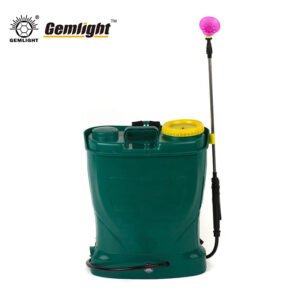A heavy duty plastic shovel is a versatile, lightweight, and durable tool widely used in construction, agriculture, landscaping, and snow removal. Unlike steel shovels, plastic shovels are corrosion-resistant, lighter to handle, and ideal for moving bulk materials such as sand, gravel, or snow.
This guide will provide:
-
Definition of a heavy duty plastic shovel
-
Types and designs for different tasks
-
Features and materials for durability
-
Applications in construction, agriculture, and snow removal
-
Maintenance tips and best practices
What Is a Heavy Duty Plastic Shovel?
A heavy duty plastic shovel is designed to handle tough tasks while remaining lightweight and easy to maneuver. Key characteristics include:
-
Reinforced plastic or polymer blades for strength
-
Ergonomic handles made of fiberglass, steel, or reinforced plastic
-
Corrosion-resistant design for wet or chemical-prone environments
-
Durable enough to handle heavy materials without bending or cracking
Builders, farmers, and homeowners rely on these shovels for efficiency and safety.
Types of Heavy Duty Plastic Shovels
1. Scoop Plastic Shovel
-
Wide blade for moving sand, gravel, snow, or soil
-
Ideal for landscaping, construction sites, and bulk handling
2. Snow Plastic Shovel
-
Lightweight blade for snow removal
-
Reduces strain and allows quick clearing of driveways and sidewalks
3. Grain or Feed Shovel
-
Designed for agriculture, handling grains or animal feed
-
Strong plastic resists cracking under heavy loads
4. Flat or Square Plastic Shovel
-
Flat edge for scooping and leveling materials
-
Useful for construction, paving, or landscaping tasks
5. Ergonomic Plastic Shovel
-
Curved handles reduce strain during repetitive tasks
-
Suitable for extended use in snow, soil, or bulk material handling
Key Features of Heavy Duty Plastic Shovels
When selecting a plastic shovel, consider these key factors:
-
Blade Material – High-density polyethylene or reinforced polymer for strength
-
Handle Material – Fiberglass or reinforced plastic for durability and comfort
-
Blade Shape – Scoop for moving, flat for leveling
-
Ergonomics – Curved handles reduce back strain
-
Weight & Balance – Lightweight design allows ease of use for extended periods
Applications of Heavy Duty Plastic Shovels
-
Construction Sites – Moving sand, gravel, cement, and soil
-
Agriculture & Farming – Handling grains, animal feed, or compost
-
Landscaping – Planting, mulching, and moving soil or decorative stones
-
Snow Removal – Light to moderate snow clearing
-
Industrial Use – Handling chemicals or materials where metal shovels may corrode
Advantages of Heavy Duty Plastic Shovels
-
✅ Lightweight and easy to handle
-
✅ Corrosion and rust resistant
-
✅ Safe for delicate surfaces (won’t scratch floors or decks)
-
✅ Durable enough for bulk materials
-
✅ Ergonomic designs reduce fatigue
Limitations of Heavy Duty Plastic Shovels
-
❌ Not suitable for extremely hard, frozen soil or ice
-
❌ Can bend under extremely heavy loads if not reinforced
-
❌ Less long-lasting than steel for heavy-duty digging
Buying Guide – How to Choose the Right Heavy Duty Plastic Shovel
-
Purpose of Use – Snow, soil, gravel, grains, or feed
-
Blade Material – Reinforced plastic for durability
-
Handle Design – Ergonomic or straight depending on task
-
Weight & Balance – Comfortable for repeated lifting or scooping
-
Supplier Reliability – Trusted manufacturers ensure consistent quality
Maintenance Tips for Heavy Duty Plastic Shovels
-
Rinse after use to remove soil, sand, or chemicals
-
Inspect for cracks or wear on blade edges
-
Avoid exposure to extreme heat to prevent deformation
-
Store in dry or shaded areas to prevent UV damage
Conclusion
A heavy duty plastic shovel is an essential tool for efficient, lightweight, and corrosion-resistant material handling. From construction and agriculture to snow removal, selecting the right type ensures maximum performance and safety.
For distributors and buyers, offering high-quality heavy duty plastic shovels caters to a wide market demand, making it a versatile and profitable product line.




